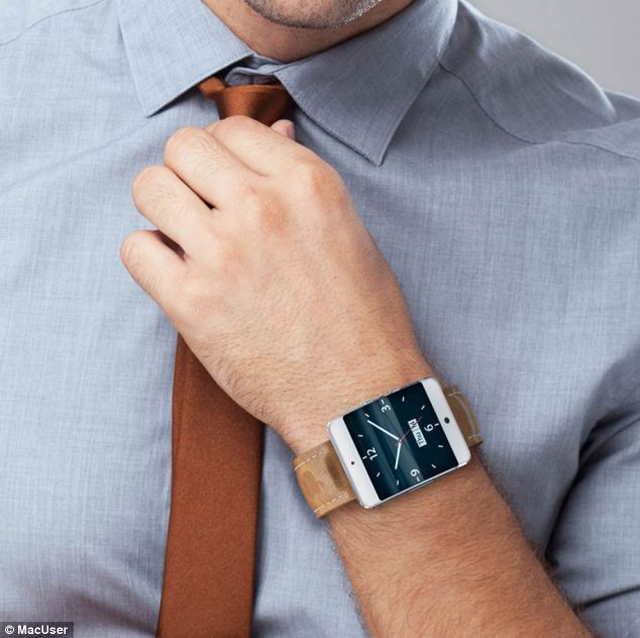
The launch of the new iPhone 5S has brought fingerprint scanning back to the forefront of security technology, but this isn’t the first time that we’ve talked about fingerprint security and smartphones. Remember that the fact that the Motorola Atrix shipped with a similar piece of technology all the way back in 2011.
Anyway, let’s take a look at how the technology works. There’s two main ways that you can digitally capture your fingerprints, either via an optical scanner or by using clever capacitor circuits...
Read the full story here... Source: Android Authority



